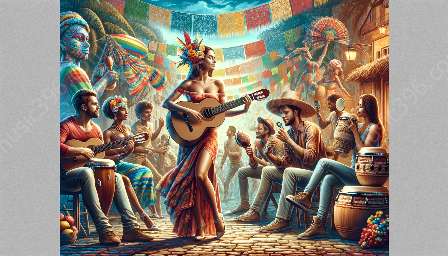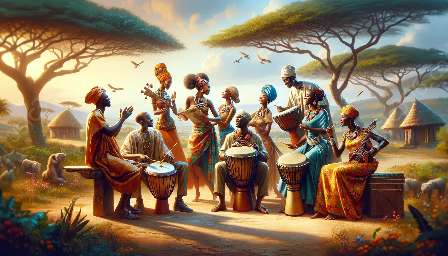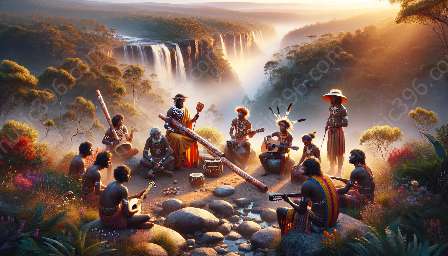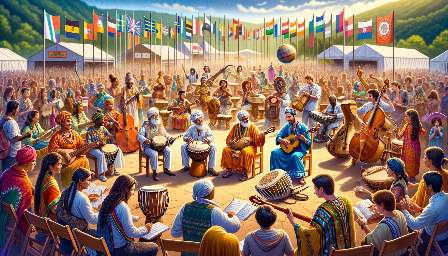Latin American music has a rich and diverse musical heritage that encompasses traditional and modern genres. The influence of technology has played a significant role in shaping the evolution and global impact of this music. From the use of traditional instruments to modern recording techniques, technology has become an integral part of Latin American music, influencing not only the sounds but also the way it is produced, distributed, and consumed.
Traditional Instruments and Modern Technology
Latin American music is known for its vibrant and diverse array of traditional instruments such as the cuatro, maracas, guiro, and charango. These instruments have been integral to the creation of traditional Latin American music genres, including salsa, cumbia, tango, and samba. With the advancement of technology, these traditional instruments have been combined with modern electronic instruments, synthesizers, and digital audio workstations, allowing musicians to blend traditional sounds with contemporary elements, creating a fusion of past and present.
Studio Recording and Production
Advancements in studio recording technology have revolutionized the way Latin American music is produced and distributed. From the early analog recording techniques to the current digital recording and editing tools, technology has allowed artists to experiment with new sounds, collaborate remotely, and reach global audiences. The rise of digital audio workstations, software plugins, and online streaming platforms has provided a platform for Latin American musicians to create, produce, and distribute their music with ease, contributing to the global spread of Latin American music.
Electronic and Dance Music
Technology has greatly impacted the emergence of electronic and dance music within the Latin American music scene. Genres such as reggaeton, electronic tango, and EDM-infused cumbia have gained popularity both within Latin America and internationally, largely due to the use of electronic instruments, synthesizers, and digital production tools. The fusion of traditional Latin rhythms with electronic elements has broadened the appeal of Latin American music, leading to collaborations with artists from diverse cultural backgrounds and contributing to the global diversity of world music.
Globalization and Online Platforms
The internet and social media have significantly impacted the promotion and distribution of Latin American music on a global scale. Musicians from Latin American countries have been able to connect with a worldwide audience through social media platforms, streaming services, and digital marketing. The use of innovative marketing strategies, music sharing platforms, and live streaming has allowed Latin American artists to expand their reach and connect with fans around the world, bridging cultural gaps and promoting cross-cultural exchanges within the realm of world music.
Impact on Traditional Genres
While technology has brought about new musical trends and genres in Latin American music, it has also influenced the preservation and revitalization of traditional genres. Digital archiving, preservation projects, and online educational resources have helped safeguard traditional Latin American music, ensuring its continuity for future generations. Furthermore, technology has facilitated collaborations between traditional musicians and modern artists, leading to innovative interpretations and cross-genre explorations that honor the roots of Latin American music while pushing creative boundaries.
Conclusion
The intersection of technology and Latin American music has resulted in a dynamic and ever-evolving musical landscape that transcends cultural boundaries. From the integration of traditional instruments with modern technology to the global distribution facilitated by online platforms, technology has reshaped Latin American music, making it a prominent force in the world music scene. As Latin American music continues to adapt and innovate, its influence on world music grows, showcasing the power of technology in preserving cultural heritage while driving musical creativity forward.










































